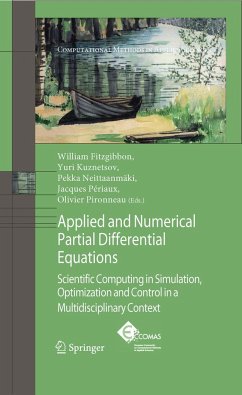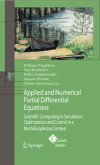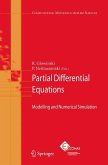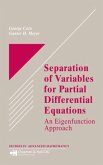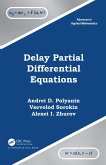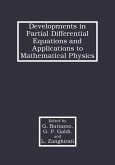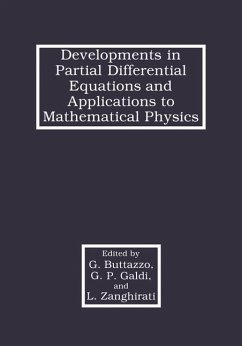The present volume is comprised of contributions solicited from invitees to conferences held at the University of Houston, Jyväskylä University, and Xi'an Jiaotong University honoring the 70th birthday of Professor Roland Glowinski. Although scientists convened on three different continents, the Editors prefer to view the meetings as single event. The three locales signify the fact Roland has friends, collaborators and admirers across the globe.
The contents span a wide range of topics in contemporary applied mathematics ranging from population dynamics, to electromagnetics, to fluid mechanics, to the mathematics of finance. However, they do not fully reflect the breath and diversity of Roland's scientific interest. His work has always been at the intersection mathematics and scientific computing and their application to mechanics, physics, engineering sciences and more recently biology. He has made seminal contributions in the areas of methods for science computation, fluid mechanics, numerical controls for distributed parameter systems, and solid and structural mechanics as well as shape optimization, stellar motion, electron transport, and semiconductor modeling. Two central themes arise from the corpus of Roland's work. The first is that numerical methods should take advantage of the mathematical properties of the model. They should be portable and computable with computing resources of the foreseeable future as well as with contemporary resources. The second theme is that whenever possible one should validate numerical with experimental data.
The volume is written at an advanced scientific level and no effort has been made to make it self contained. It is intended to be of interested to both the researcher and the practitioner as well advanced students in computational and applied mathematics, computational science and engineers and engineering.
The contents span a wide range of topics in contemporary applied mathematics ranging from population dynamics, to electromagnetics, to fluid mechanics, to the mathematics of finance. However, they do not fully reflect the breath and diversity of Roland's scientific interest. His work has always been at the intersection mathematics and scientific computing and their application to mechanics, physics, engineering sciences and more recently biology. He has made seminal contributions in the areas of methods for science computation, fluid mechanics, numerical controls for distributed parameter systems, and solid and structural mechanics as well as shape optimization, stellar motion, electron transport, and semiconductor modeling. Two central themes arise from the corpus of Roland's work. The first is that numerical methods should take advantage of the mathematical properties of the model. They should be portable and computable with computing resources of the foreseeable future as well as with contemporary resources. The second theme is that whenever possible one should validate numerical with experimental data.
The volume is written at an advanced scientific level and no effort has been made to make it self contained. It is intended to be of interested to both the researcher and the practitioner as well advanced students in computational and applied mathematics, computational science and engineers and engineering.

